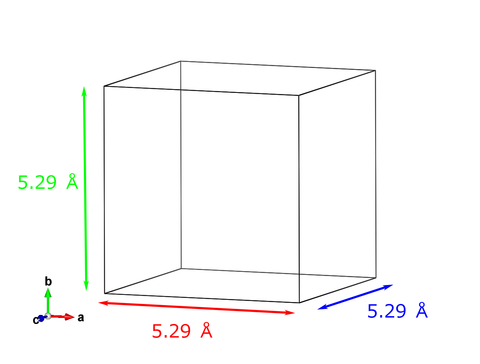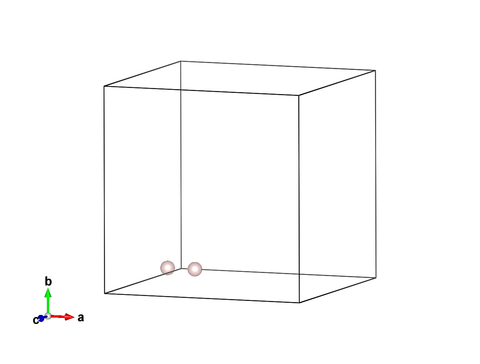ウェブサイトのリスト。時々更新します。情報量多そうなものもの順気味の順不同。
素敵な日本語情報
- NIMS・小林一昭博士
- 第一原理計算入門
- 第一原理バンド計算 (基礎編),第一原理計算 (解析編) / 名工大・中山将伸准教授
- サルにでも第一原理計算ができるか?-ABINITを使って-
- 集中講義関連資料 / NIMS・新井正男博士
- 吉本芳英, "第一原理計算の現状と課題を考える", torrent No.6 日本語版



